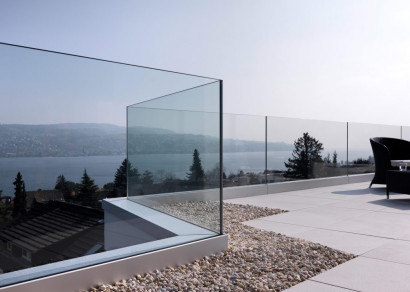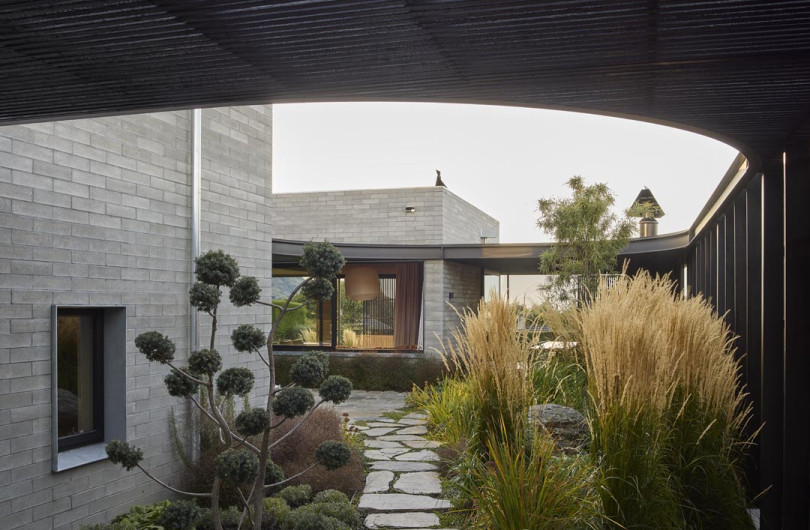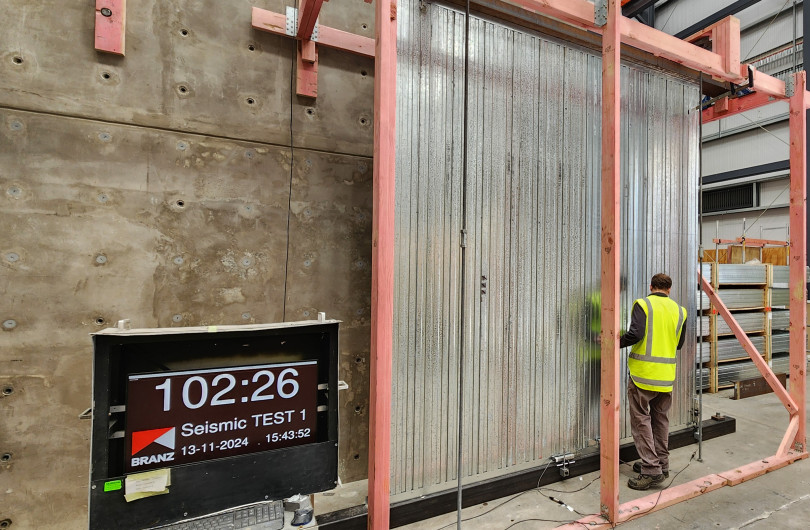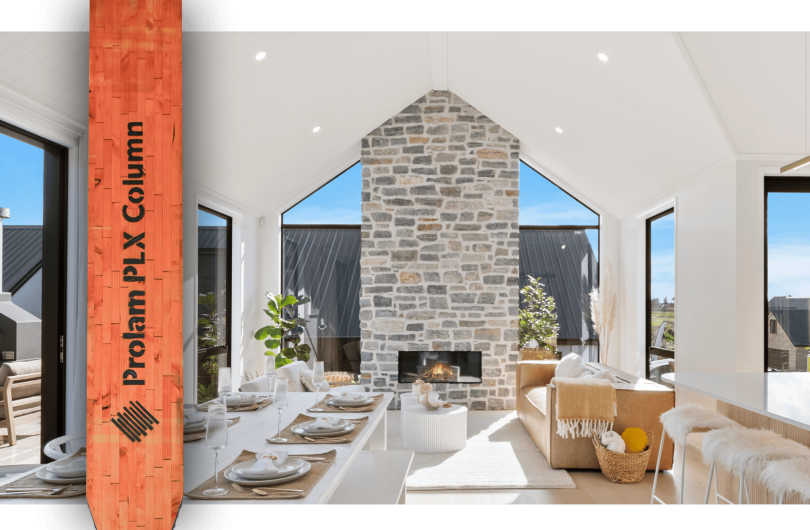Living roofs can provide aesthetic green space that visually softens the built environment. In addition, designing greenery into human environments is proven to help the mental and physical health of people. Green roofs are a successful component in sustainable management of stormwater systems and provide unparalleled protection of the underlying membrane.
Green roofs are also beneficial to a building’s performance as they mitigate thermal gain to keep a steady temperature at the roof level. A green roof can absorb thermal energy and reduce fluctuation of internal building temperature due to solar exposure. The green roof layer also protects the roof membrane beneath from the extremes of the elements, specifically UV.
Green roofs can affect structural engineering, construction budget and maintenance needs. They also might require an irrigation system to stay alive through dry spells. It is useful to explain the above long-term benefits to clients so that the green roof is prioritised and remains specified through the entire design and estimation process.

INTENSIVE LIVING ROOFS
Intensive living roofs are essentially roof gardens. They are most often designed for public access and high visual and recreational amenity. The vegetation options can be designed to allow shrubs and trees; however, the cost of these roofs is high.
Intensive green roofs require more soil depth and, when saturated can get very heavy — in some cases upwards of 400kg per square metre saturated weight, resulting in structural loading costs that can be prohibitive. Maintenance of these roofs requires careful consideration and planning. Irrigation of intensive green roofs is often required.
SEMI-INTENSIVE
Semi-intensive green roofs can have varying depths of substrate and generally have elements of both intensive and extensive roof design. Vegetation can include shrubs, grasses, sedums or mosses.

EXTENSIVE
Extensive green roofs have a shallow substrate and are generally most economical to install. They have the lightest weight and as such are generally the most favoured option for retrofitting a living roof onto an existing building. Extensive green roofs are commonly planted with sedums, mosses and grasses that are able to thrive in a shallow substrate and require minimal maintenance and irrigation.
Whichever system is selected, it is important to have specific engineering design for the structure and to employ green roof specialists for the installation of the soil substrates, plants and irrigation.

Membrane selection:
Correct membrane selection is imperative for long term performance under a green roof situation. A membrane in this location will be subject to damp conditions for prolonged periods of time and will need the ability to repel aggressive root penetration in particular, to the sheet lap areas.
The Nuraply 3PG membrane is manufactured to perform as the ideal waterproofing layer in any green roof design. It will not be compromised by tree roots. It is compatible with the rest of Nuralite systems and can be used in collaboration with various living roof build-ups including the Nuratherm Warmroof.
Nuralite Green Roof System.
STORMWATER RETENTION
Effective stormwater management is a concern in our cities. Many existing urban drainage systems were designed long ago and are operating at or beyond their ideal capacity. Green roofs are a useful component of a sustainable drainage system.
An intensive green roof will soak up approximately 70 - 80% of water from a typical New Zealand rainstorm before it is released back into the environment by evaporation. The water that is not caught in the green roof is delayed on its path into the stormwater system, typically sometime after the initial and peak deluge.
If a sustainable drainage or low impact design approach is taken as part of a development, it ensures the site is not increasing surface water flood risk or polluting the environment.
Table of Green Roof Factors:
| FACTOR | Intensive Living Roofs | Semi-Intensive | Extensive |
| Substrate | 150mm - 1500mm | 150mm - 500mm | 20mm - 150mm |
| Vegetation | trees, shrubs, grasses | shrubs, grasses | grasses, succulents, mosses |
| Cost | high | moderate | low |
| Structural Loading | high | moderate | light, generally suitable for retrofit |
| Maintenance | high | moderate | low |
| Saturated Weight | high | moderate | low |


























 Most Popular
Most Popular Popular Products
Popular Products


